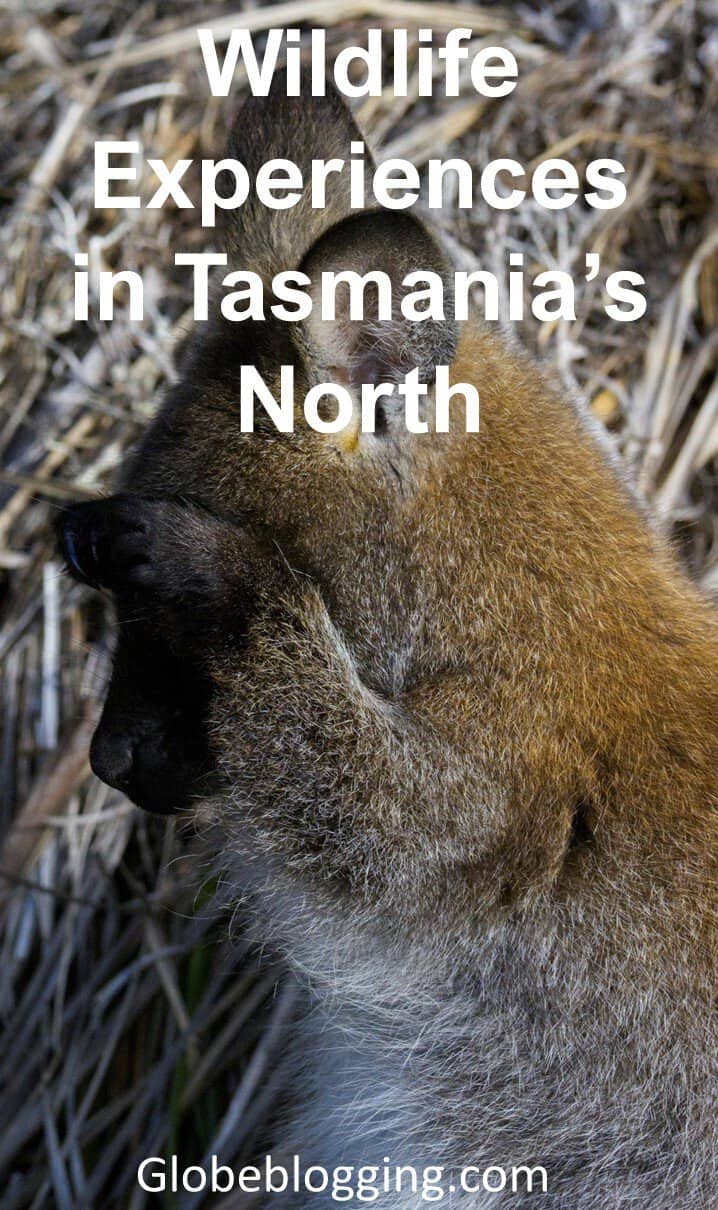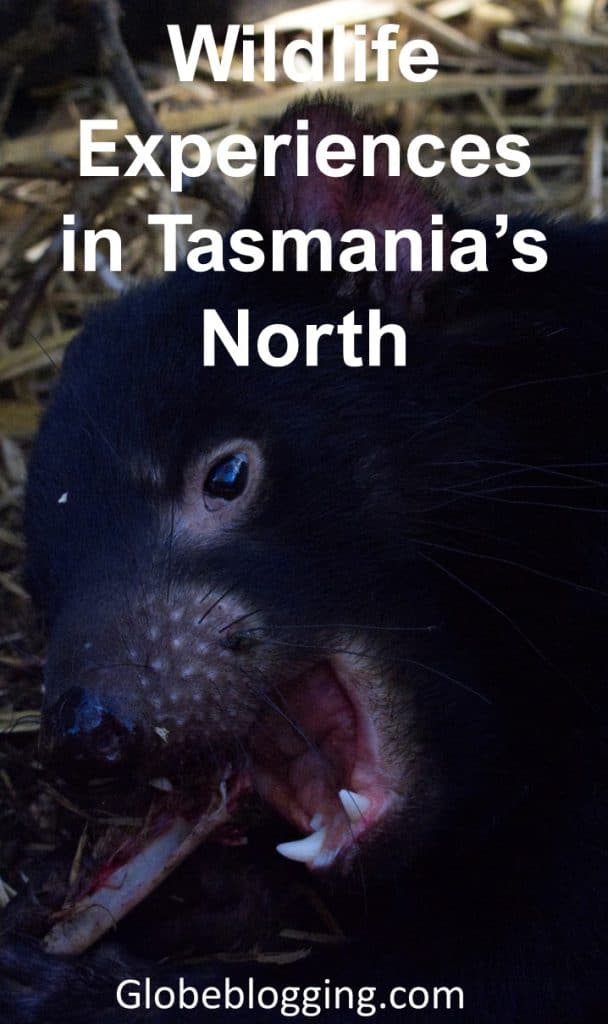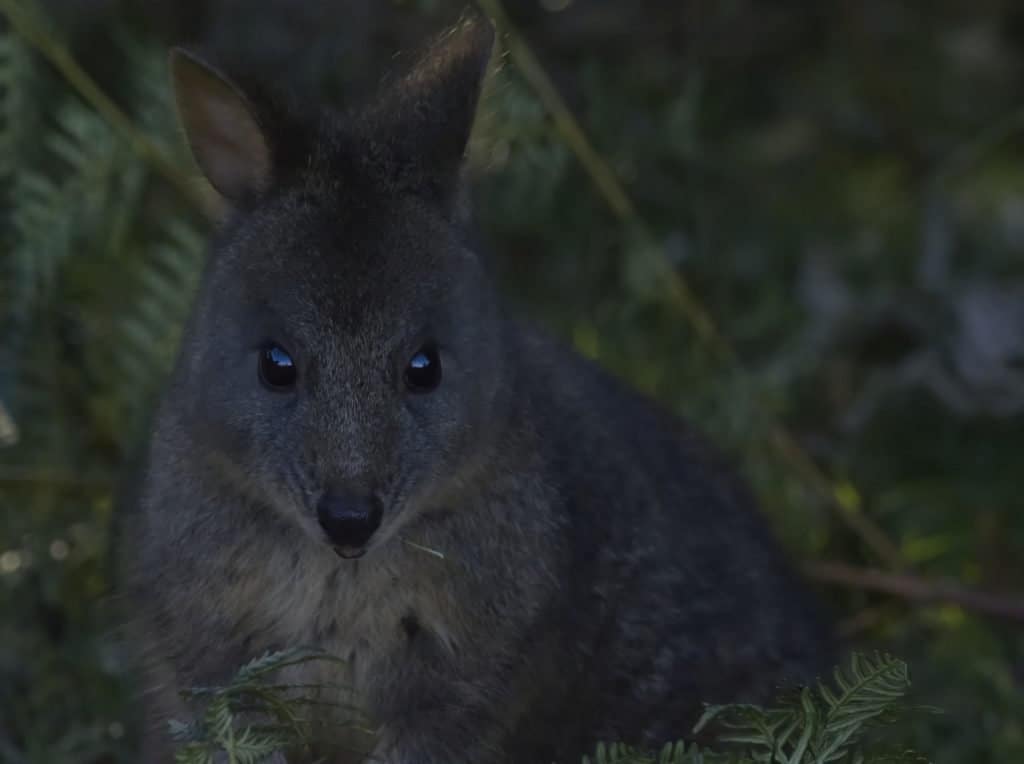Contents
- 1Wildlife in Tasmania
- 2Where to stay in Tasmania
- 3Where to find wildlife experiences in Tasmania's north
- 3.1Cradle Mountain
- 3.1.1How to visit Cradle Mountain
- 3.2Trowunna Wildlife Sanctuary
- 3.3Narawntapu National Park
- 3.4Beauty Point
- 3.4.1Platypus House
- 3.4.2Seahorse World
- 3.5Low Head
- 3.6Tamar Wetlands
- 3.7Cataract Gorge
A landscape photographer friend of mine recently said she hadn’t heard of any of the things I did on my recent trip to Tasmania. I picked my destination purely based on cheap flights at the time and as a photographer with a passion for wildlife I naturally sought out those experiences. While it may not be as well known as other Tasmanian locations, there are still plenty of opportunities to spot and interact with wildlife in Tasmania’s top end!
This post contains affiliate links. Making a purchase through these links earns a small commission at no additional cost to you and is a great way to show your support to this site.
Wildlife in Tasmania
While it is possible to see many of the same animals in Tasmania as you would on mainland Australia, it also offers the opportunity to see species which are either not found, or rarely found elsewhere. Tasmania’s separation from the Australian mainland created an opportunity for the survival of species, including the Tasmanian Devil, and the Tasmanian Pademelon. The Dusky Robin is only found in Tasmania, and the Pink Robin is only found in a handful of locations on the mainland.
Where to stay in Tasmania
All of these experiences can be found within a 2 hour drive of the city of Launceston, which also has an airport and is known for its foodie culture, so it is worth considering basing yourself here. Depending on your budget and the length of your visit consider staying for a night or two at Cradle Mountain.
Where to find wildlife experiences in Tasmania’s north
Cradle Mountain
Located about 150km from the city of Launceston, Cradle Mountain – Lake St Clair National Park is an alpine region of spectacular landscapes worth the visit for that alone. It also happens to be an environment with plenty of opportunities to catch the local wildlife going about their business.
Given the cool and wet climate, that can change in the space of 5 minutes, it is also one of the places in Tasmania you can catch a glimpse of the Pink Robin and if you’re extra lucky you can catch a shot! Unfortunately for me I wasn’t lucky enough to get a shot but did see them in the area surrounding Ronny Creek, which was recommended to me as the location for wildlife in the park.
Even without hopping on the shuttle bus and riding down to the restricted access lake area, there are chances to spot wildlife on the numerous walks that start around the Interpretation Centre, which is the furthest you can drive into the park during shuttle hours. A walk on the Cradle Mountain Boardwalk is likely to offer up Wombats, Bennetts Wallabys and Pademelons and multiple bird species, with perhaps a Dusky Robin making an appearance.
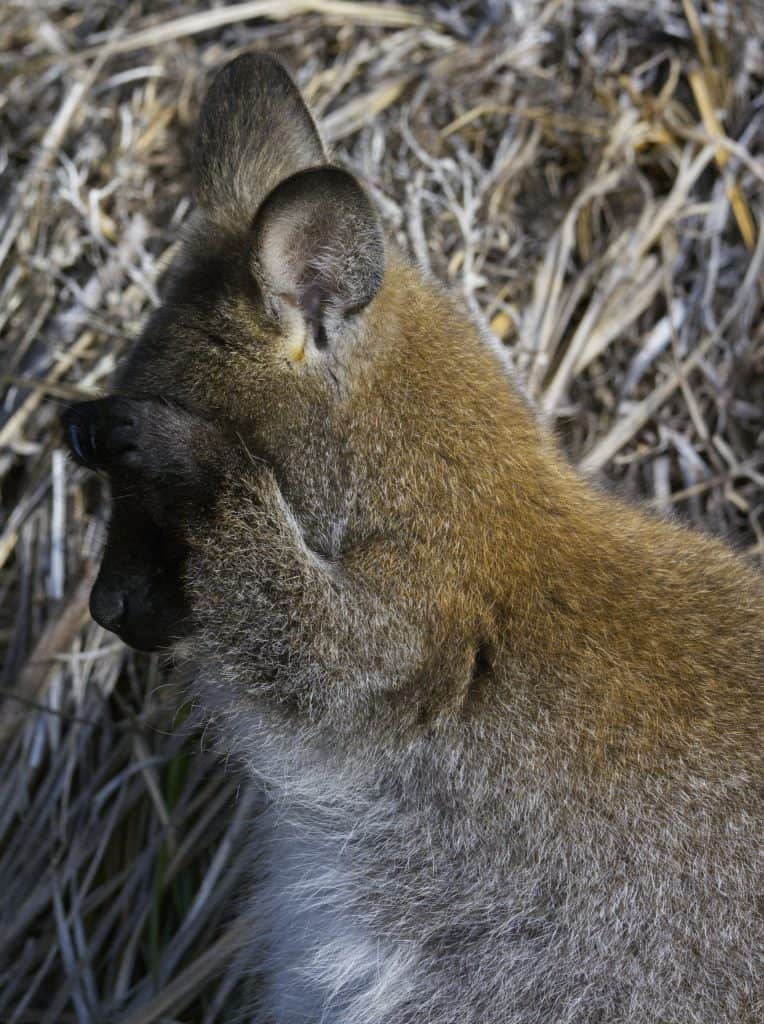
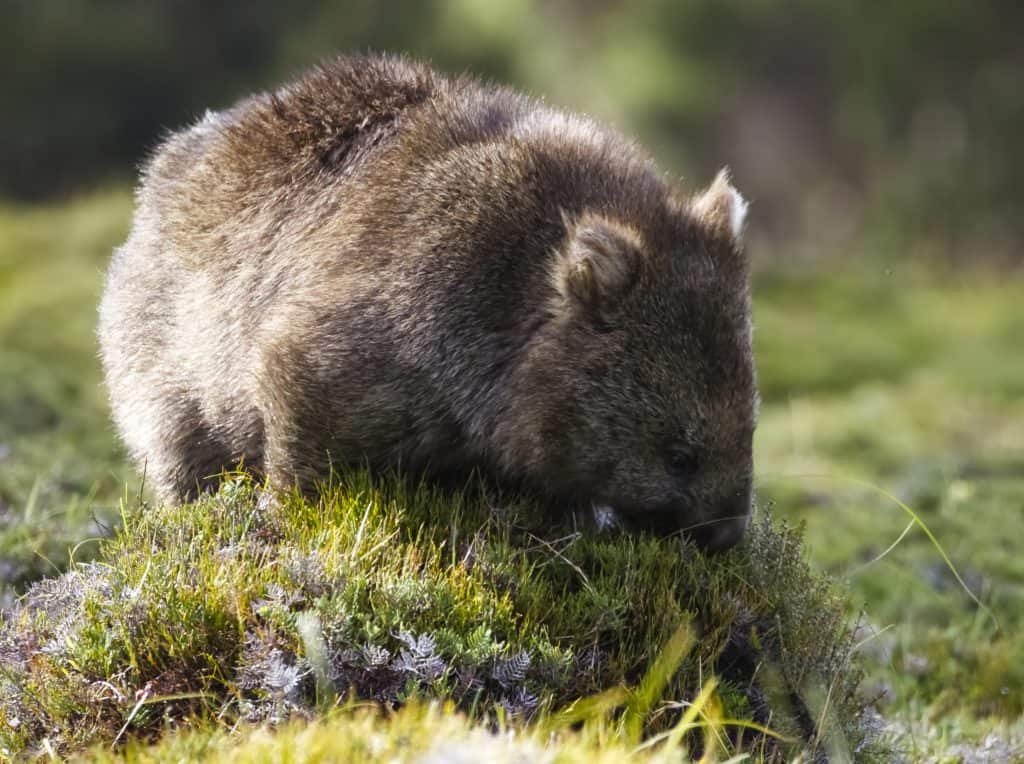
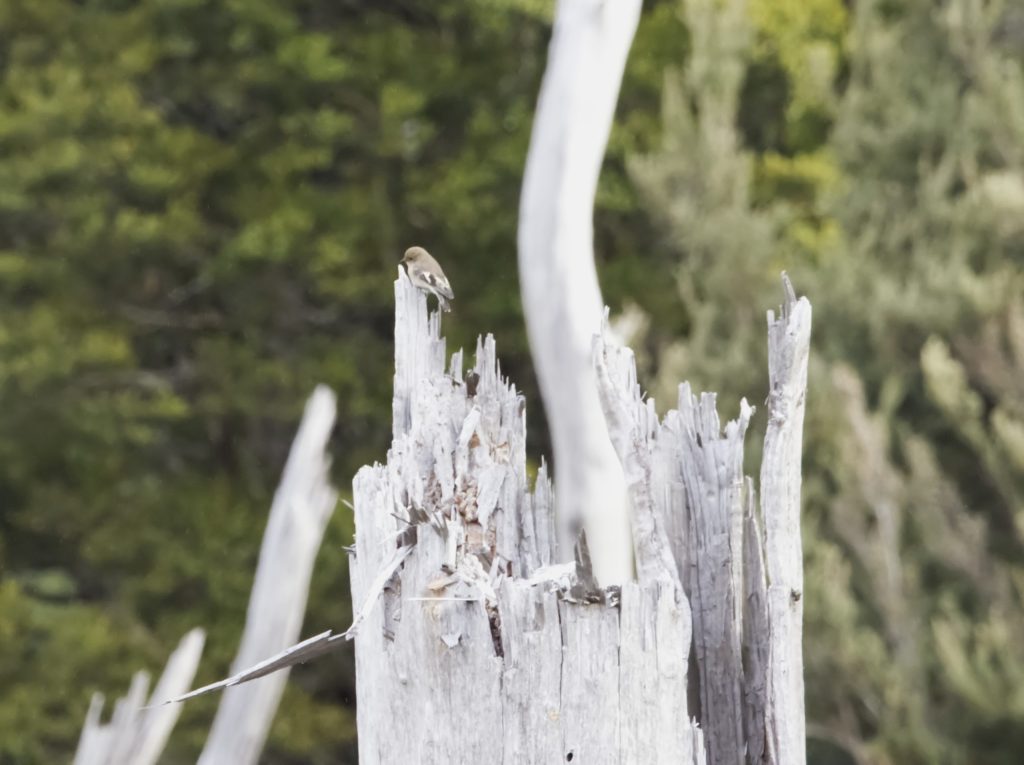
How to visit Cradle Mountain
In order to visit any of the National Parks in Tasmania you will require a parks pass. A pass for 24hrs can be purchased at the Visitors Centre for $25.75, however if you plan to visit more National Parks then it is worth looking at a Holiday Pass purchased through Tasmanian Parks and Wildlife for $82.40 which will include Cradle Mountain.
During shuttle hours of 8.30am – 5pm the lake can only be accessed on foot or via shuttle. Parking is available at the Interpretation Centre which is the last point you are able to drive to during these hours. Be alert for wildlife on the road when driving down.
Trowunna Wildlife Sanctuary
Located in Mole Creek, less than an hours drive from Launceston, Trowunna is a wildlife sanctuary involved in wildlife rescue, rehabilitation and care. They also offer a home for wildlife which is unable to be released back into the wild. Trowunna runs conservation and breeding programs for endangered species and being privately run, are reliant upon visitors to the sanctuary to keep undertaking this work.
Their most notable breeding program is for the Tasmanian Devil, which is rapidly declining in the wild due to the impact of human encroachment on the environment and a genetic disease. Only now found in Tasmania, the Tasmanian Devil is a scavenger which consumes all of a carcass, even the fur and bones, so it plays an important role in the ecosystem. Its thought the name comes from the truly awful noise it makes which the settlers would have heard in the night.
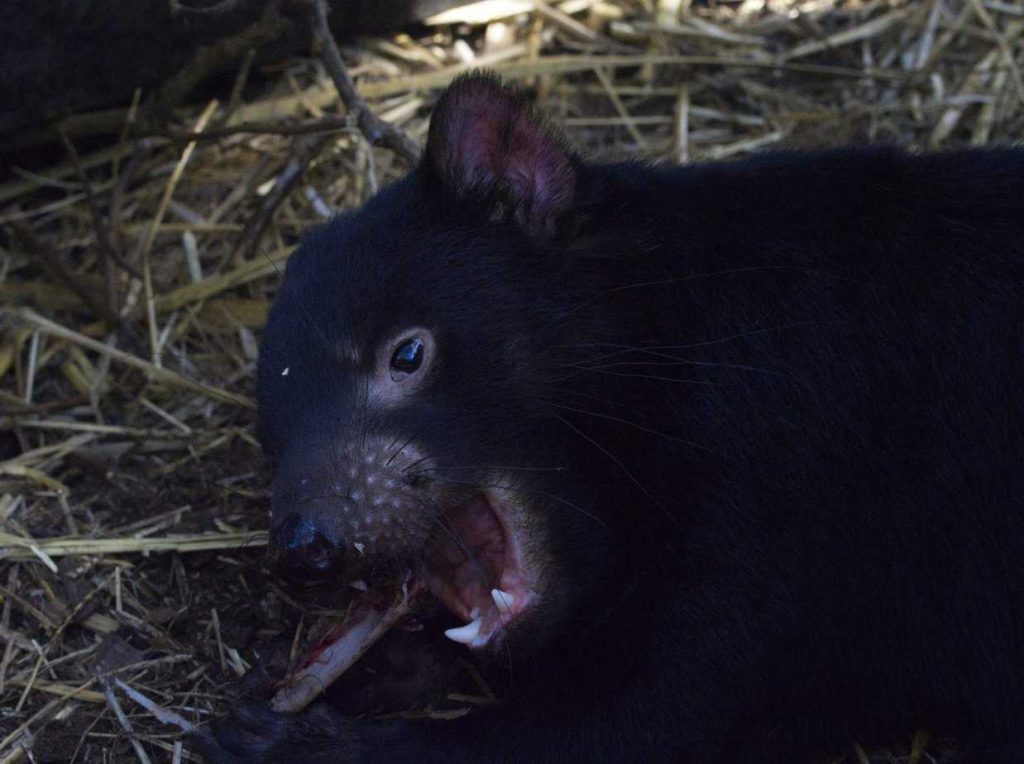
A large mob of Forester Kangaroos roam free in the park and are able to be fed by visitors. Food is available for purchase upon entry to the park.
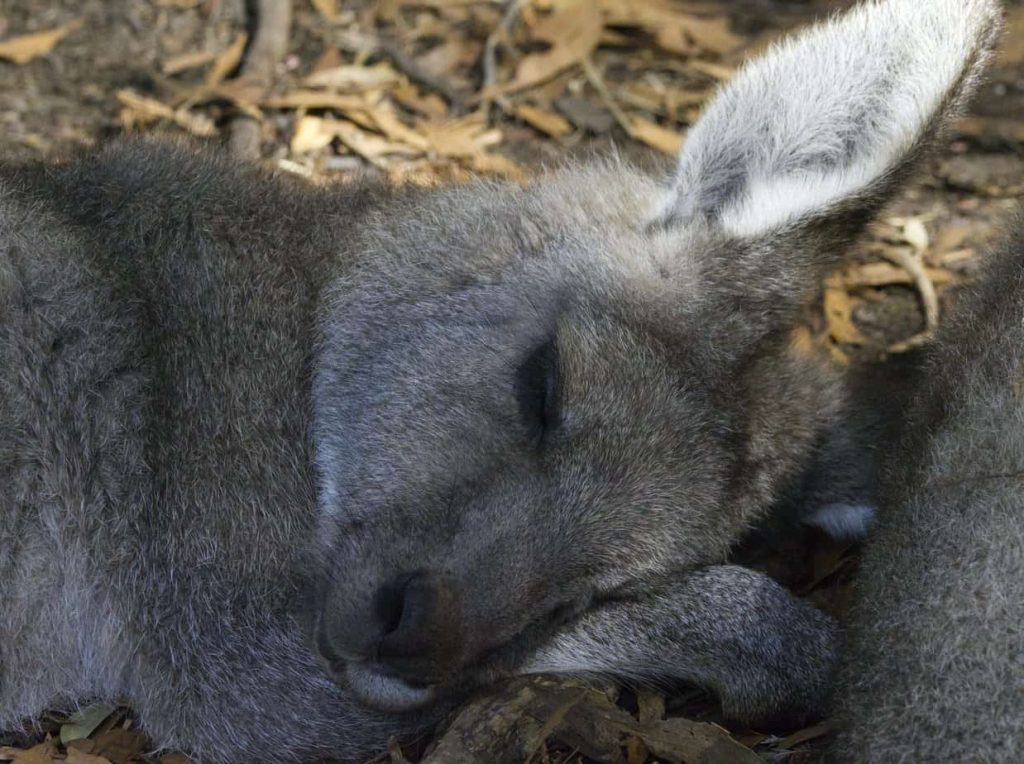
Narawntapu National Park
Located just over an hour from Launceston on the Northern coastline of Tasmania, Narawntapu National Park has a number of different environments offering a diverse range of wildlife to spot including ocean and land birds, reptiles and macropods.
A lakeside bird hide also offers the chance to get up close and personal with some of the locals as they float by.
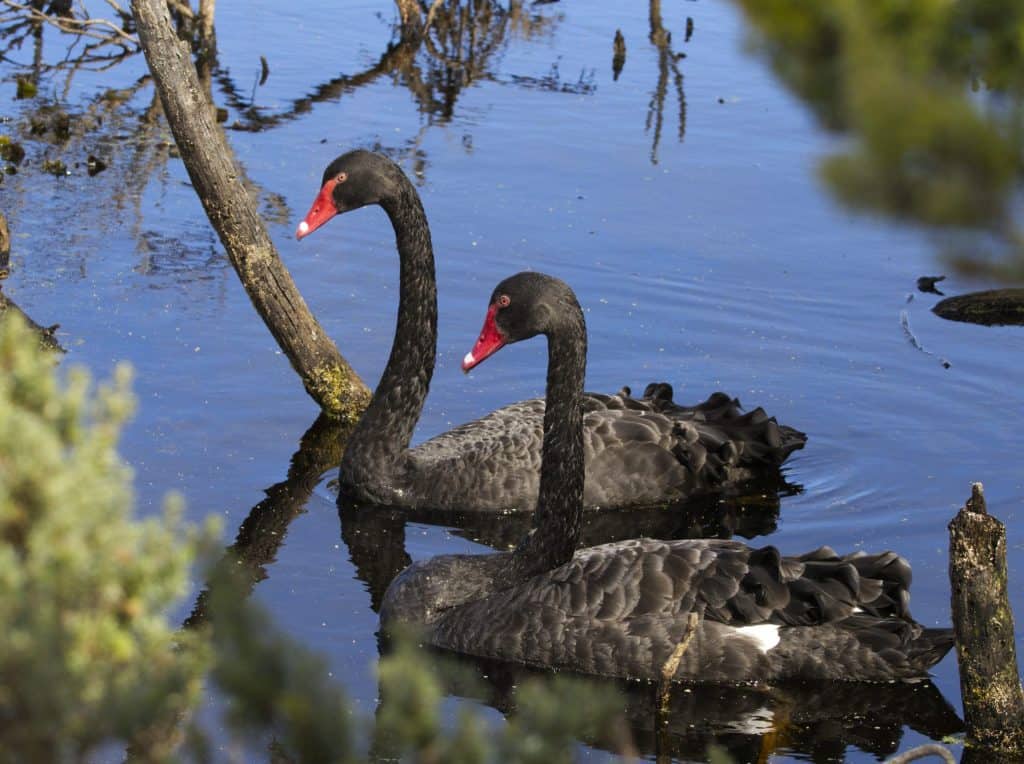
While a walk through the bush to the coast will not only deliver smashing views but likely some waterbirds and potentially hunting raptors.
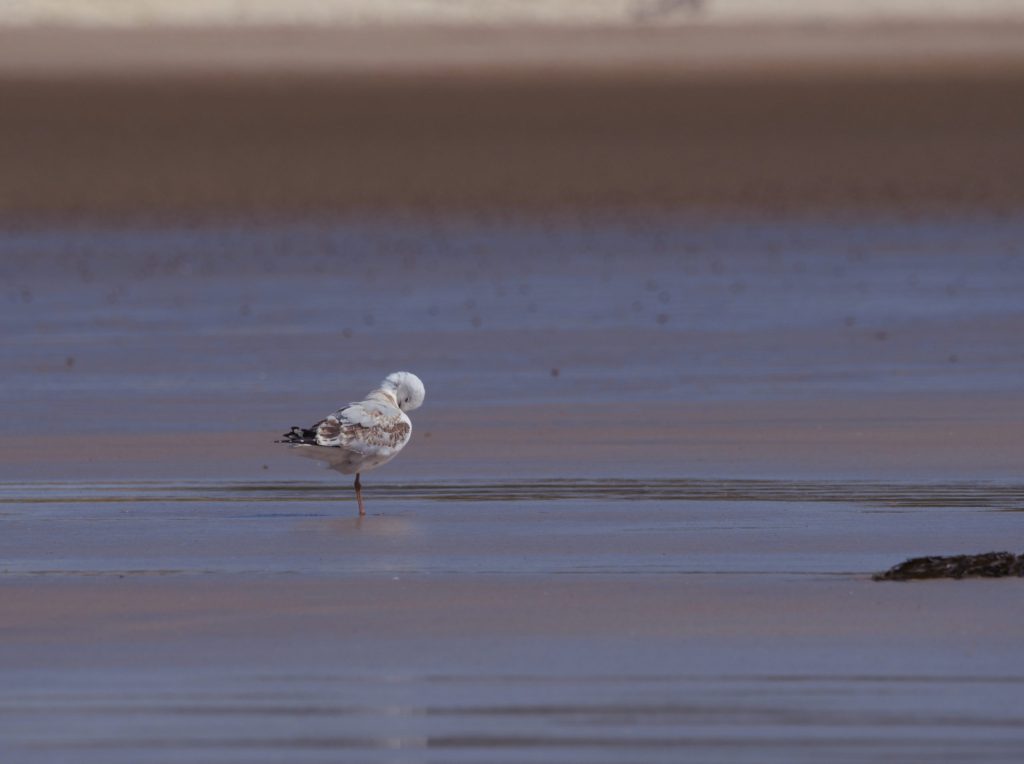
There is also a good chance of glimpsing a Tasmanian Pademelon amongst the bushes.Whilst I spotted these at Cradle Mountain too, I was unable to get a shot of one in the open. These can only be found in the wild in Tasmania.
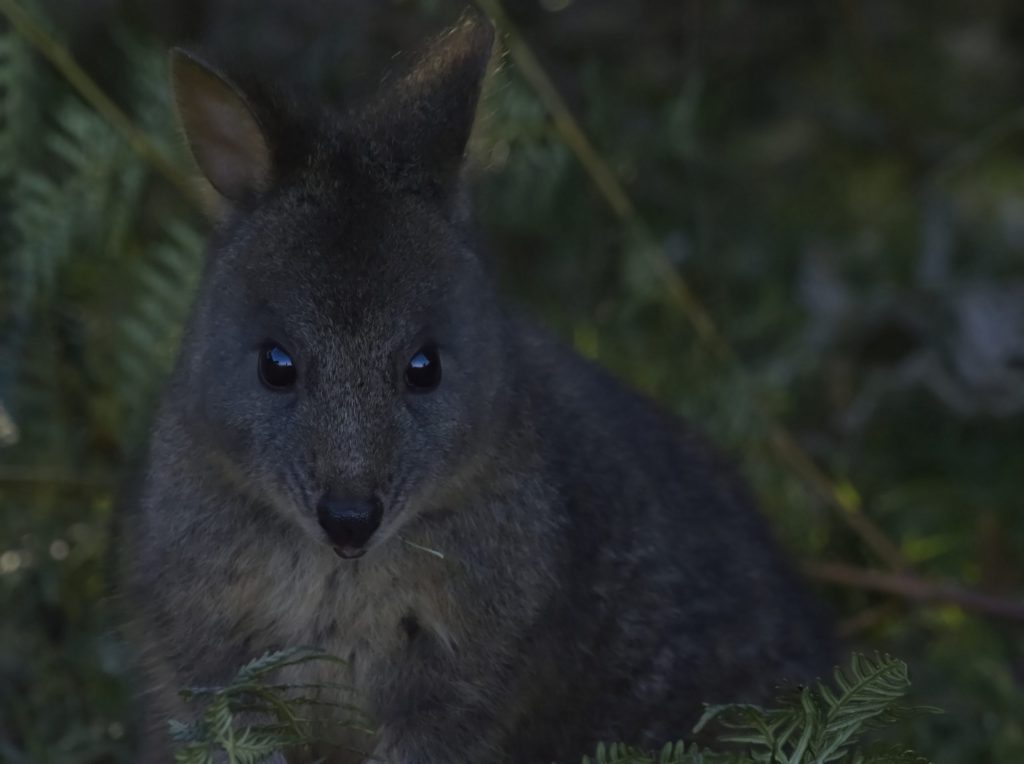
As Narawntapu is a National Park you will need either a pass for all National Parks, or you can purchase the 24 hr pass at the visitor centre upon arrival.
Beauty Point
This recommendation might surprise you as its a bit off the radar, but there are a couple of wildlife experiences to check out at Beauty Point. This trip is worth combining with the Penguins at Low Head rather than heading back to Launceston, while you have to drive around the water to get there, it’s in the same area.
Platypus House
If you’ve ever tried to photograph a Platypus in the wild, you’ll know what a mission it is. They are active at dawn and dusk meaning the bigger lenses with the reach to get them are probably not going to pick up enough light for a decent shot.
Platypus world is home to both species of Australian Monotremes, the Platypus and the Echidna. While they play an important role in the rescue, rehabilitation and care of the animals, it has also become a permanent home for those unable to be returned to the wild.
Pictured below is Jupiter, who now lives at Platypus House after several attempts to return him to the wild. On his last attempted release he took up residence at a salmon farm, smart from the perspective of a guaranteed food supply but perhaps not so much so for his life expectancy!
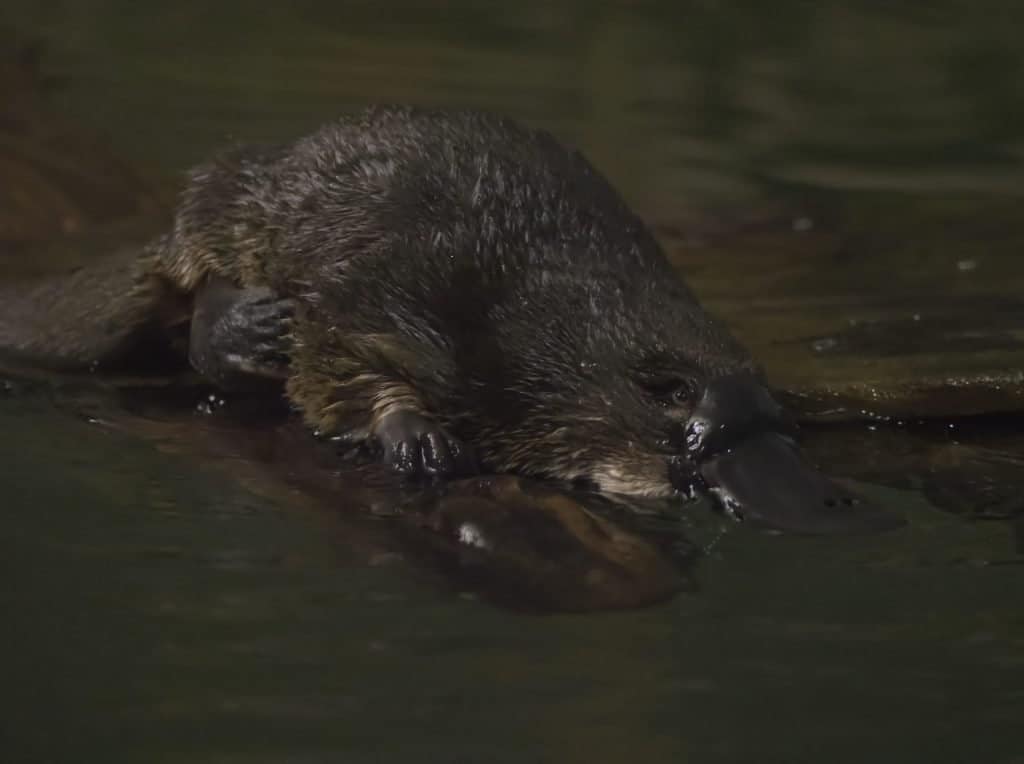
Entry to Platypus House is $26.50 for an adult and $12 for a child. A tour runs for approximately one hour.
Seahorse World
Situated in the building next door to Platypus House, Seahorse House is worth a look to see the plethora of species and learn about them.
Unfortunately all of my photos from this visit came out super noisy!
A tour is $24.80 for an adult and $10.50 for a child and runs for about an hour.
Low Head
Located a 40 minute drive from both Beauty Point and Launceston, Low Head Penguin Tours has exclusive access to the beach where a large group of Fairy Penguins nest. Running every evening at dusk, visitors are taken down to the shore where they can watch the penguins come ashore, and learn all about their behaviours and breeding. Then they’ll take you into the nesting bushes, where you are likely to have a few penguins pass close by you as they seek out their nest.
When there are chicks the parents leave them for the day, where the chicks will remain quietly in the nest until the adults return with the food at night.
You’ll need a good lens that opens wide to have a chance of shooting these guys at night. And even then, given the low light and moving subjects good photos are far from guaranteed, and those you get will likely need a fair bit of work!
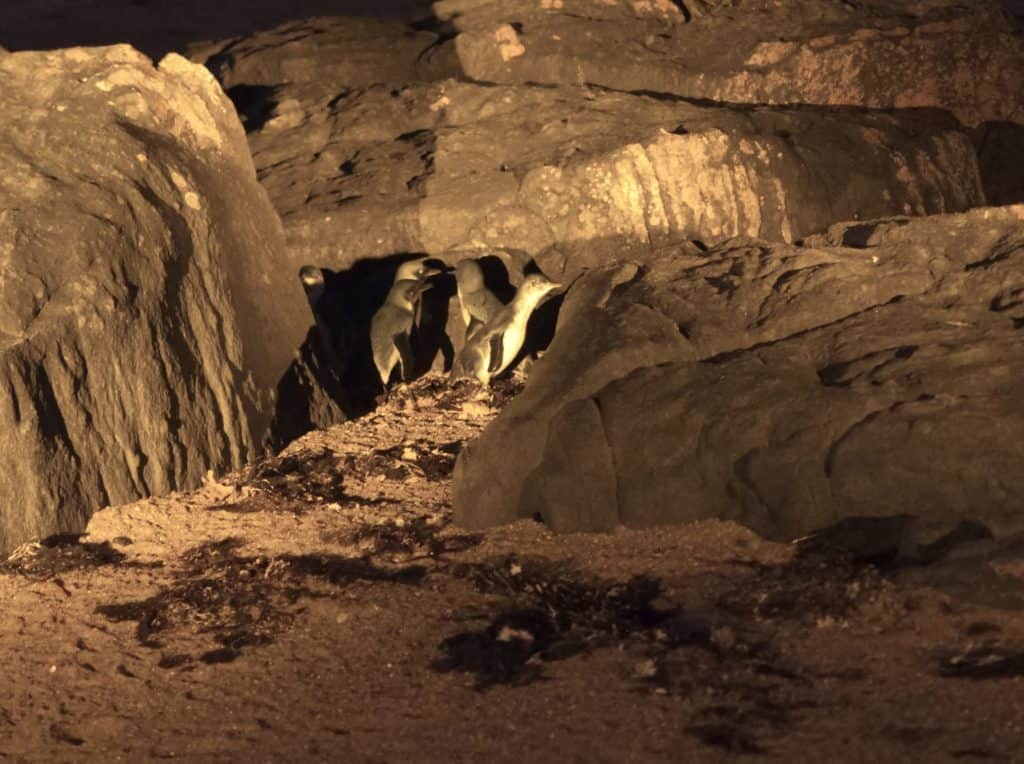
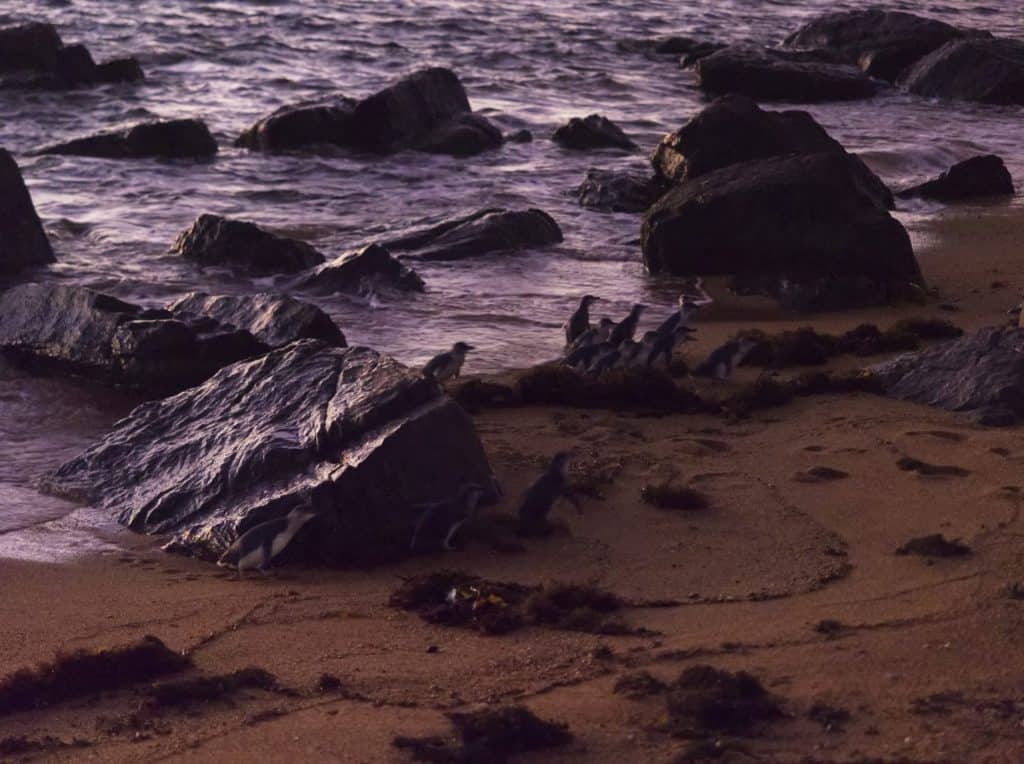
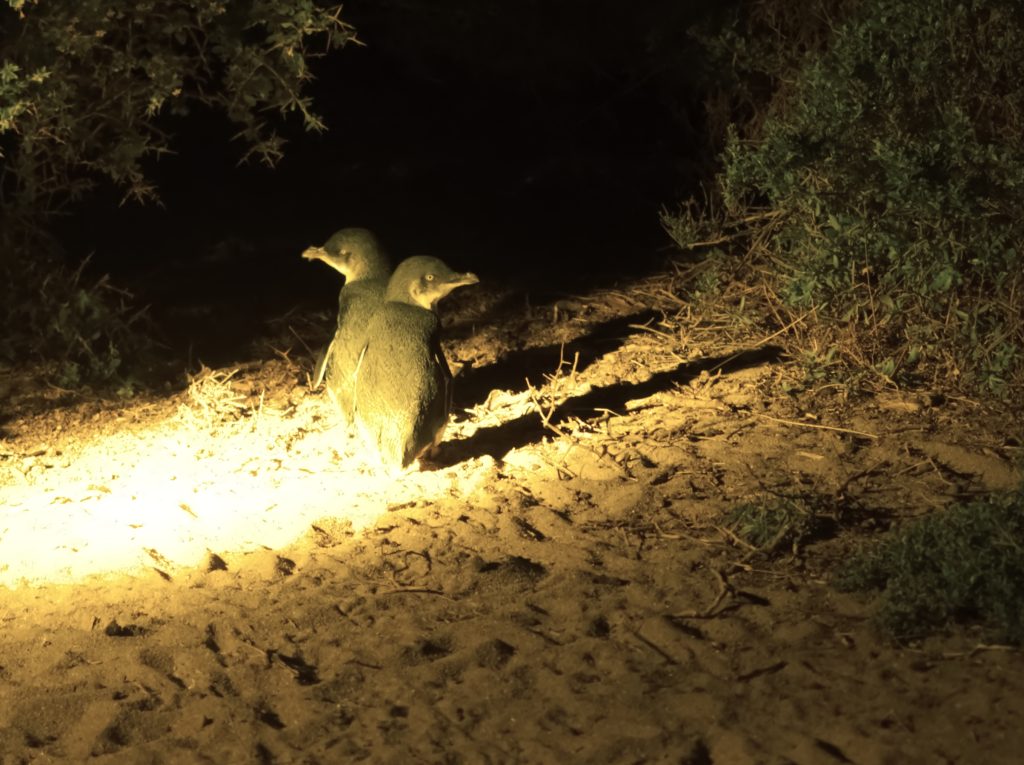
In order to get these shots I used my Zuiko 12.40mm pro lens, which opens up to an f2.8.
Tamar Wetlands
Located just a short 15 minute drive from Launceston, the Tamar Wetlands is another National Park location you’ll need a pass for. It offers a different kind of environment and vegetation to the other spots on this list and includes a waterside bird hide not far from the beginning of the walk. I’d recommend visiting the hide in the morning, I was there in the afternoon and as it faces the sun going down the light bouncing off the water can make good images a challenge.
The walk travels through reedy vegetation to another part of the lake, before a bridge crossing to Tamar Island where early signs of the Tasmanian settlement still remain. Look out for waterbirds, Fairy-wrens amongst the reeds and Welcome Swallows around the bridge.
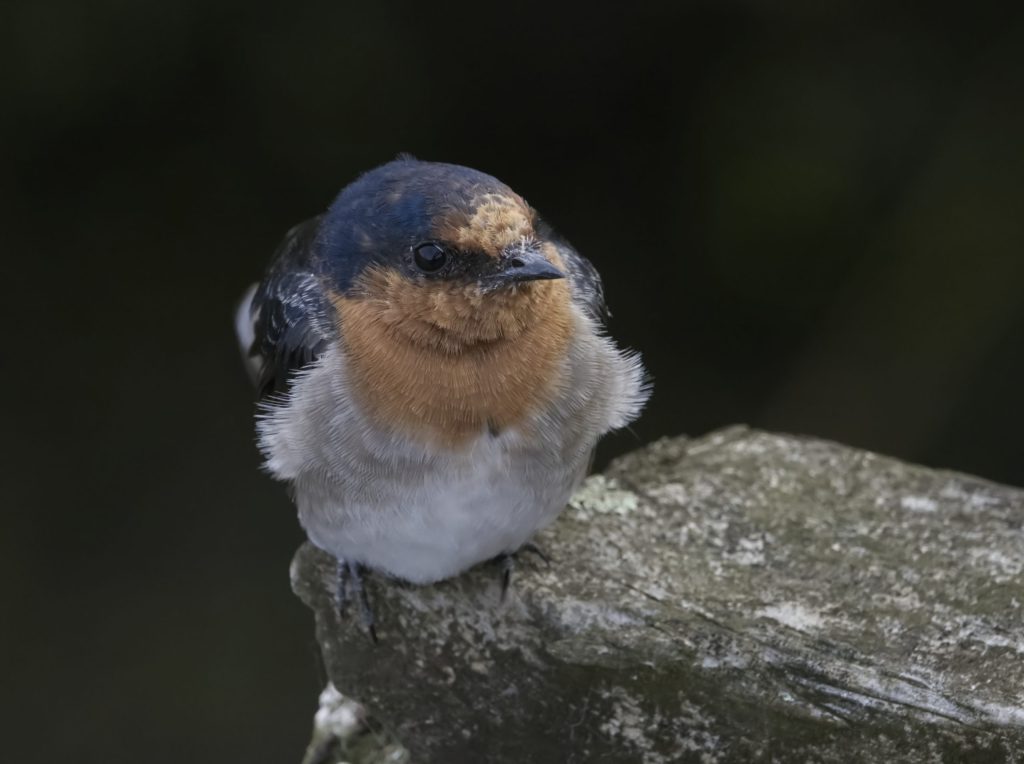
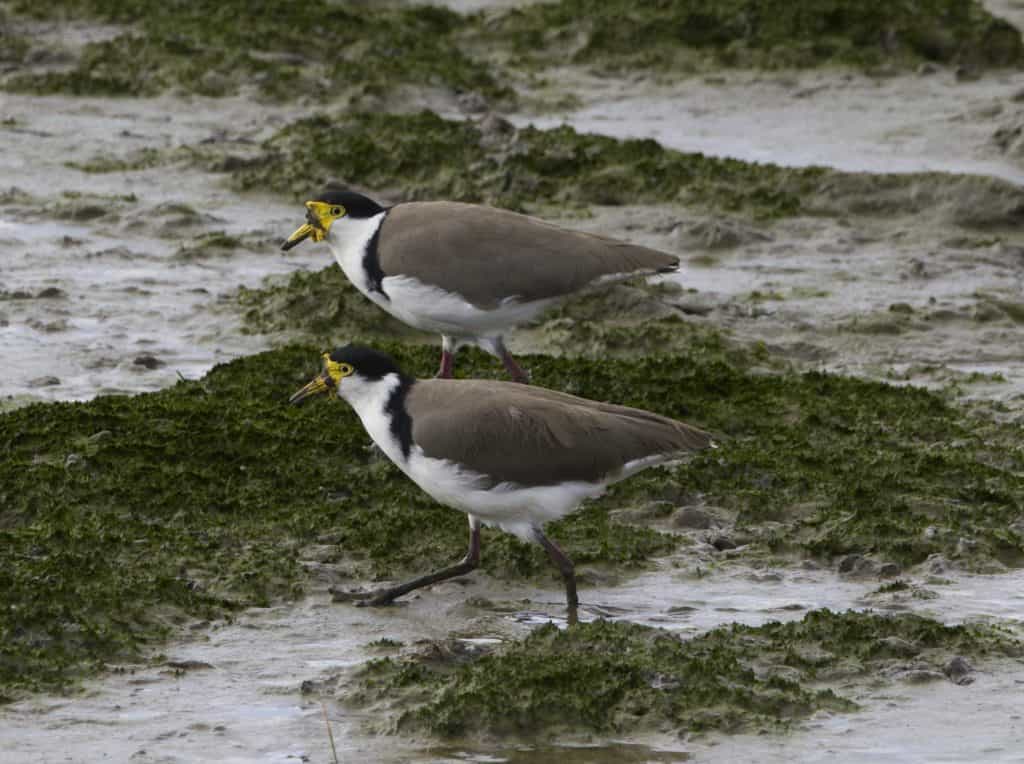
Cataract Gorge
You can’t get much closer to Launceston than this location, which is just a few kilometres from the city centre. The gorge is worth a visit for the hiking and scenery alone, including the longest chairlift in the world (it takes over 10minutes to cross!) It also happens to be a great location for catching some of the local birds and macropods, many of which are fairly used to oodles of people wandering around and not that fussed about posing for a photo. The Pink Robin has also been sighted here, albeit rarely.
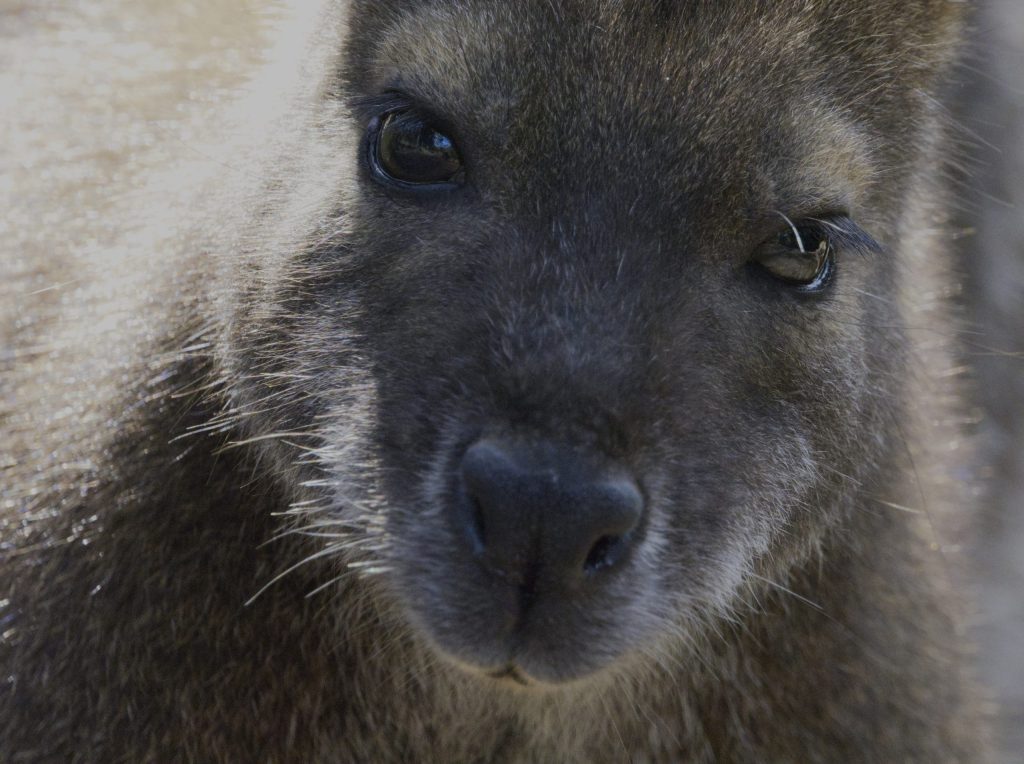
Even though they aren’t native to Australia, the gorge has a large population of Peacocks which happily strut the paths, their colours making them an attractive photo subject.
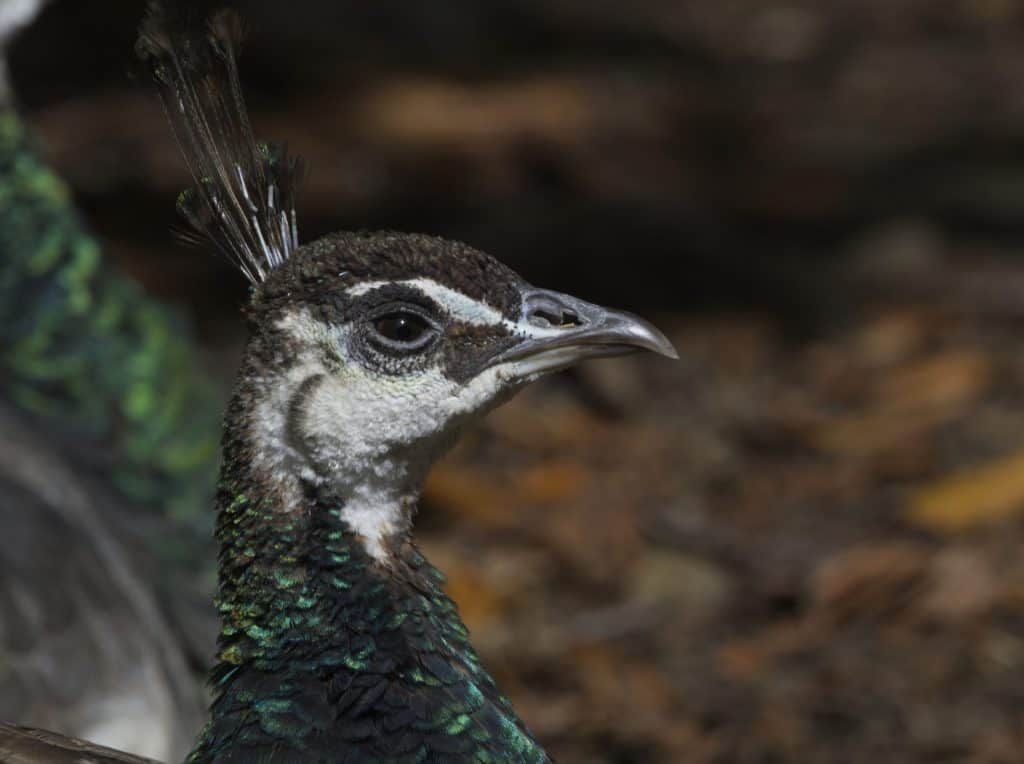
Unless otherwise specified I shot all of these photos on my Zuiko 100-400mm lens and my Olympus EM5, which has now been replaced by the OM5. You can read more about my photography equipment here.
I hope you enjoyed these insights into where you can enjoy wildlife experiences in Tasmania’s north!
If so please share!
